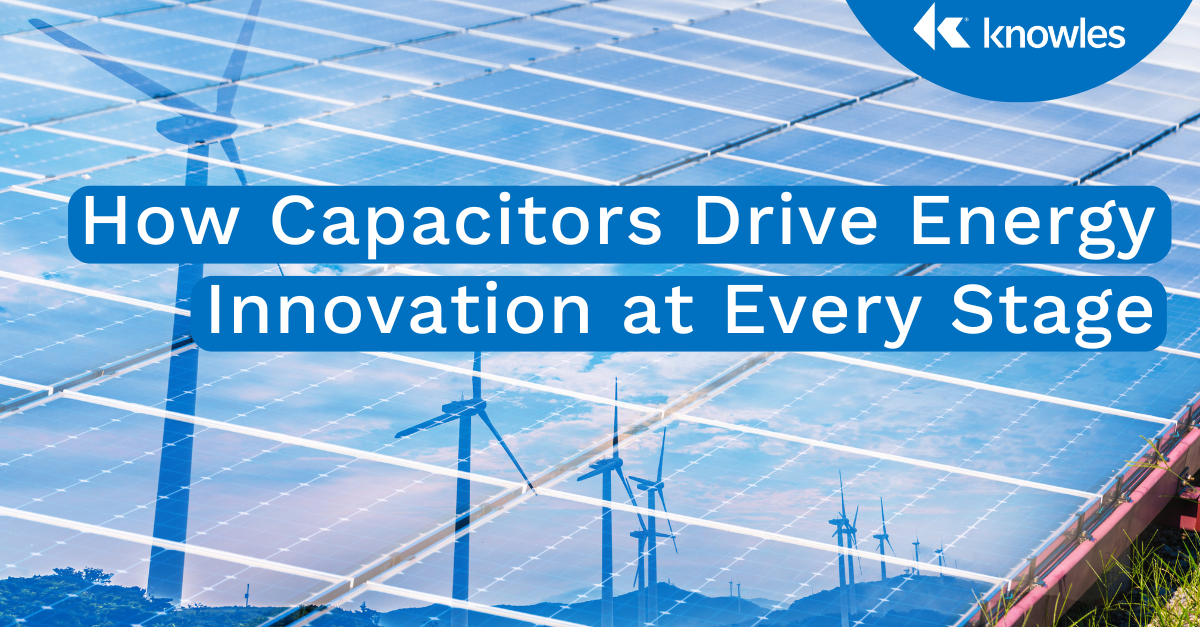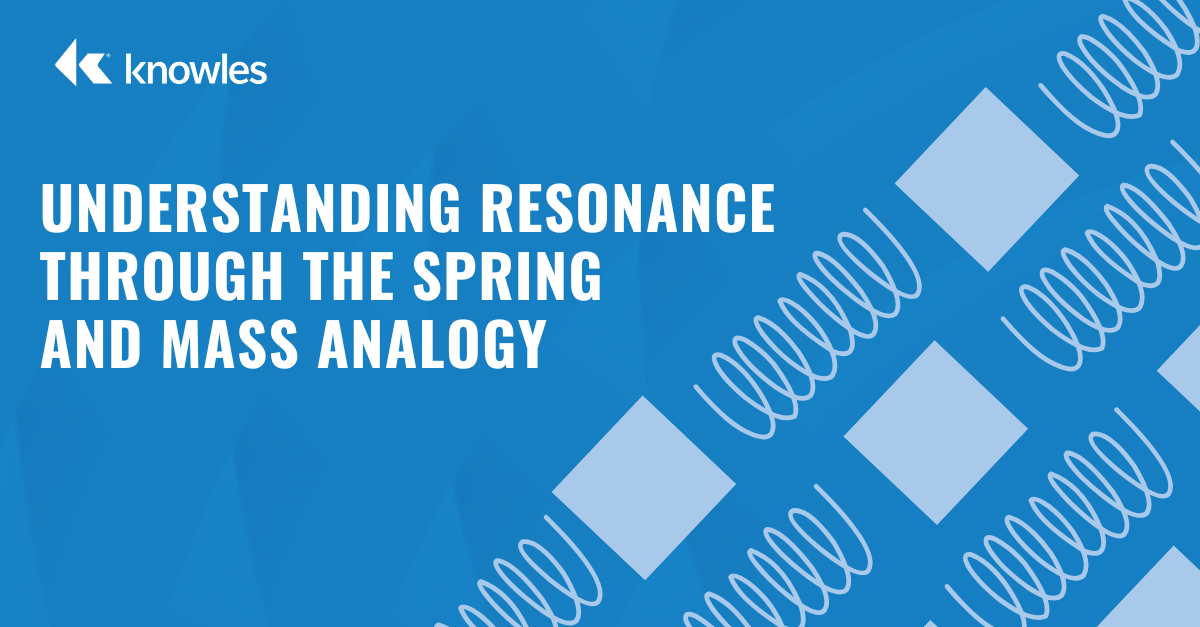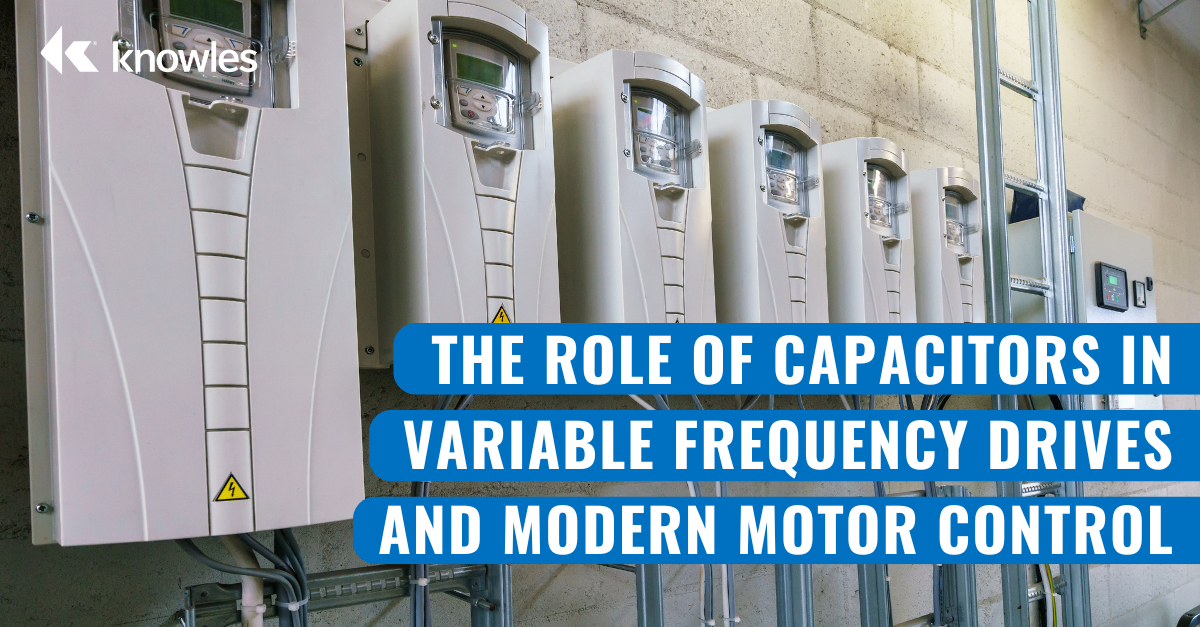As demand for high-efficiency and high-power-density inverters continues to grow, the so-called “flying” capacitor multilevel inverter is emerging as a strong choice for many power electronics systems. Since these capacitors can “float” to different electric potentials depending on the connected semiconductor switching structure and state, they help balance out voltage level differences due to manufacturing tolerances, temperature variations, and other factors. These capacitors are also helpful in balancing voltage across the structure by temporarily storing and releasing energy as needed, increasing power density and quality, and optimizing the use of existing voltage availability.
Capacitance Range Extension: Class I Ceramic C0G Series
Knowles has extended the range and performance of our Class I Ceramic C0G Series Capacitors to better support LLC type DC/DC converters in demanding environments. With a maximum capacitance of 44nF/1kV and 66nF/630V in a compact chip size of 1210, the extended series is well suited for enhancing stability in this application context. Our unique construction methods allow these VM2 capacitors to offer higher capacitance values in such a small chip size.
Topics: Capacitor
Power Electronics: The Hidden Heart of Semiconductor Manufacturing
Semiconductor manufacturing is one of the most advanced industrial processes on Earth, requiring precise control of energy and materials at the nanometer scale. Behind that precision lies an invisible backbone: the power electronics systems that deliver, shape, and regulate every watt of energy that drives chip production.
Topics: Capacitor
How Safety Capacitors Help You Deliver Safe and Efficient Solar Power
As solar adoption accelerates worldwide, inverter technology must also evolve to deliver greater efficiency, power density, and connectivity. Modern residential inverters are now required to manage energy from solar panels, battery storage, and the grid all while meeting stricter global safety standards. In this complex environment, safety capacitors play a crucial role in protecting users and ensuring reliable, interference-free operation.
Topics: Capacitor
Choosing the Right Capacitors for High-Power Resonant Circuits
Temperature stability, equivalent series resistance (ESR), and physical construction all influence how a capacitor behaves in an LC tank circuit.
Topics: Capacitor
The Electrical Engineer's Guide to Safety Capacitors
In high-voltage, high-reliability applications, safety is non-negotiable. That’s why safety capacitors are essential for mitigating the risks associated with transient voltages and electrical interference.
Topics: Capacitor
How Capacitors Drive Energy Innovation at Every Stage
As energy systems evolve to support electrification, renewables, and digital infrastructure, the demands on power electronics are intensifying.
Topics: Capacitor
Understanding Resonance Through the Spring and Mass Analogy
Resonant circuits are a foundational technology in many high-performance electronic systems, enabling efficient energy control and transfer. A helpful way to visualize resonance is by comparing electrical behavior to mechanical motion. Here, we’ll break down resonant circuits using a spring-and-mass analogy and show how this applies to the fundamental LC tank circuit.
Topics: Capacitor
Capacitor Roles in High-Power Class E RF Generators
Radio frequency (RF) generators produce alternating current (AC) at specific frequencies ranging from kilohertz to gigahertz.
Topics: Capacitor
The Role of Capacitors in Variable Frequency Drives and Modern Motor Control
Variable Frequency Drives (VFDs) are an essential part of modern motor controller design, enabling precise regulation of AC motor speed and torque. They operate by converting fixed-frequency AC power from the grid into DC, then inverting it back into AC at the desired frequency and voltage.
Topics: Capacitor

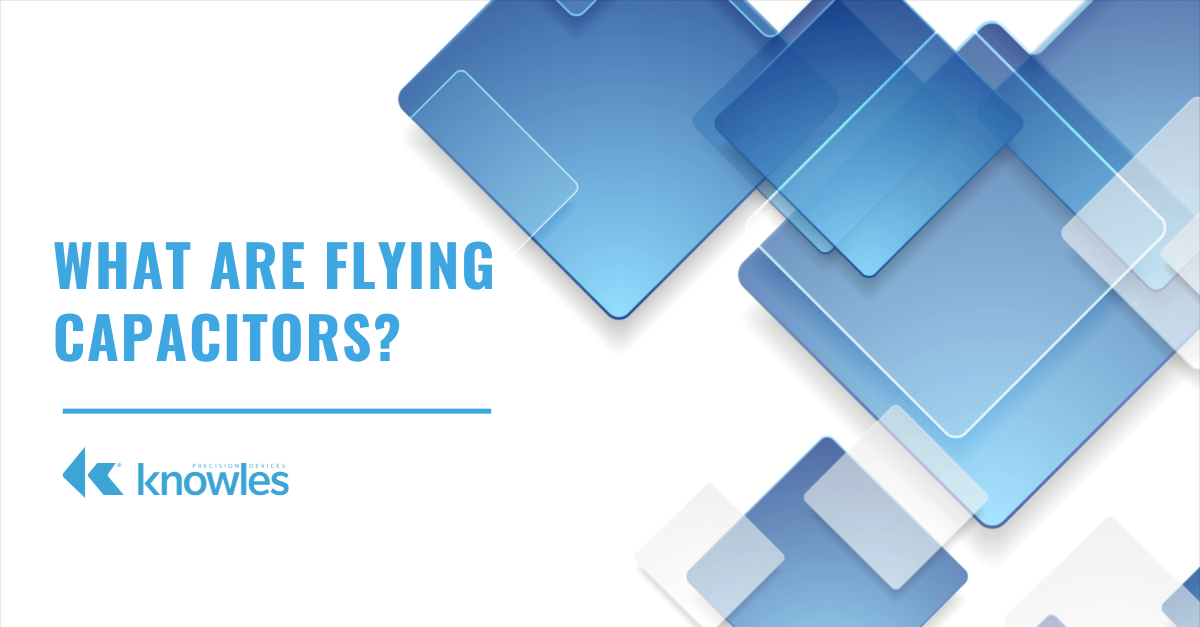
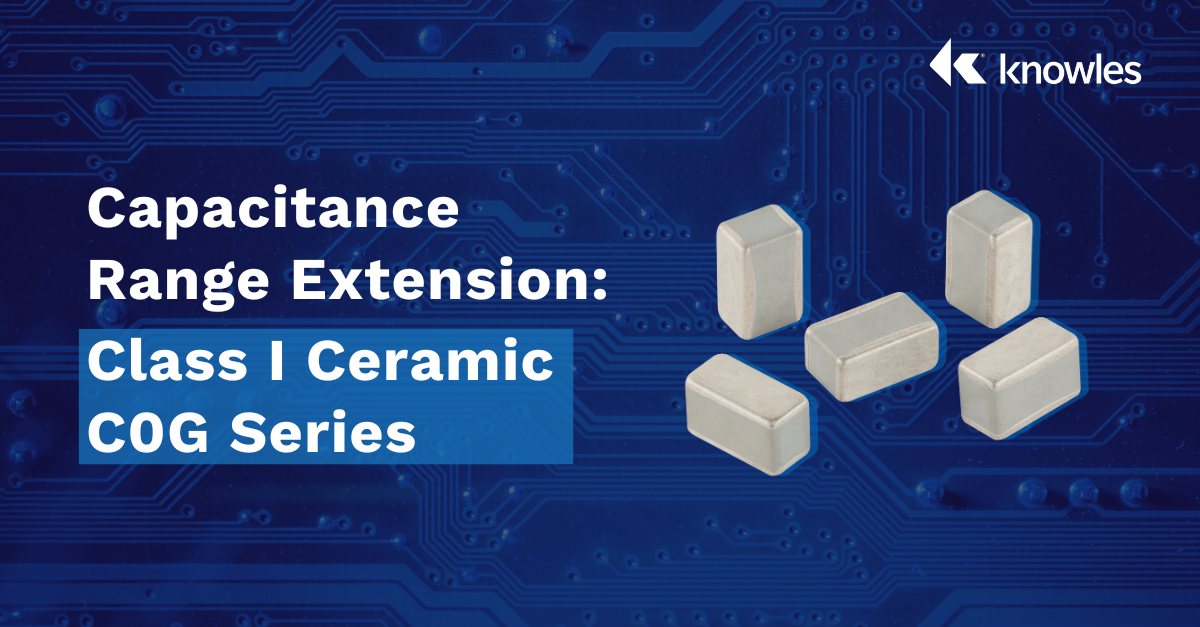
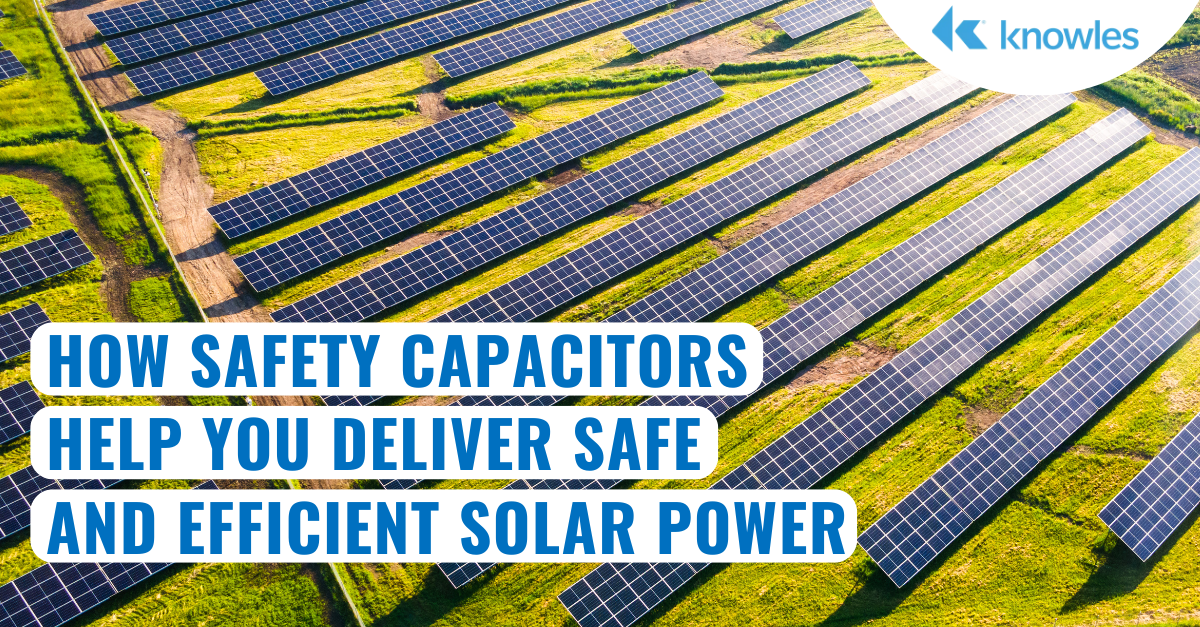
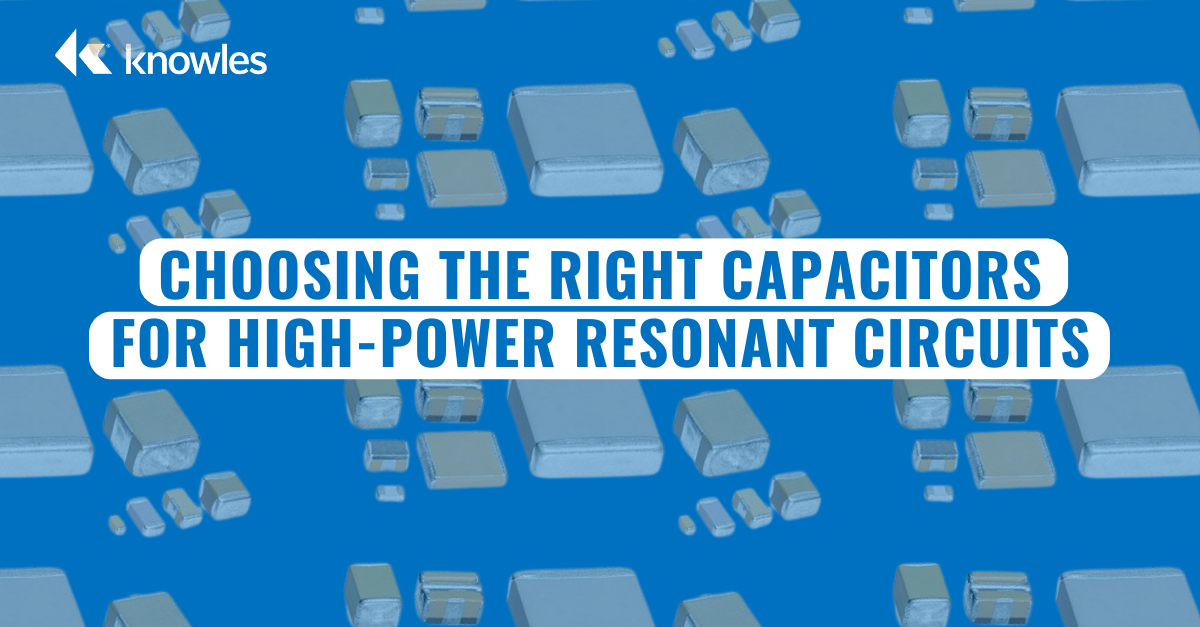
.png)
